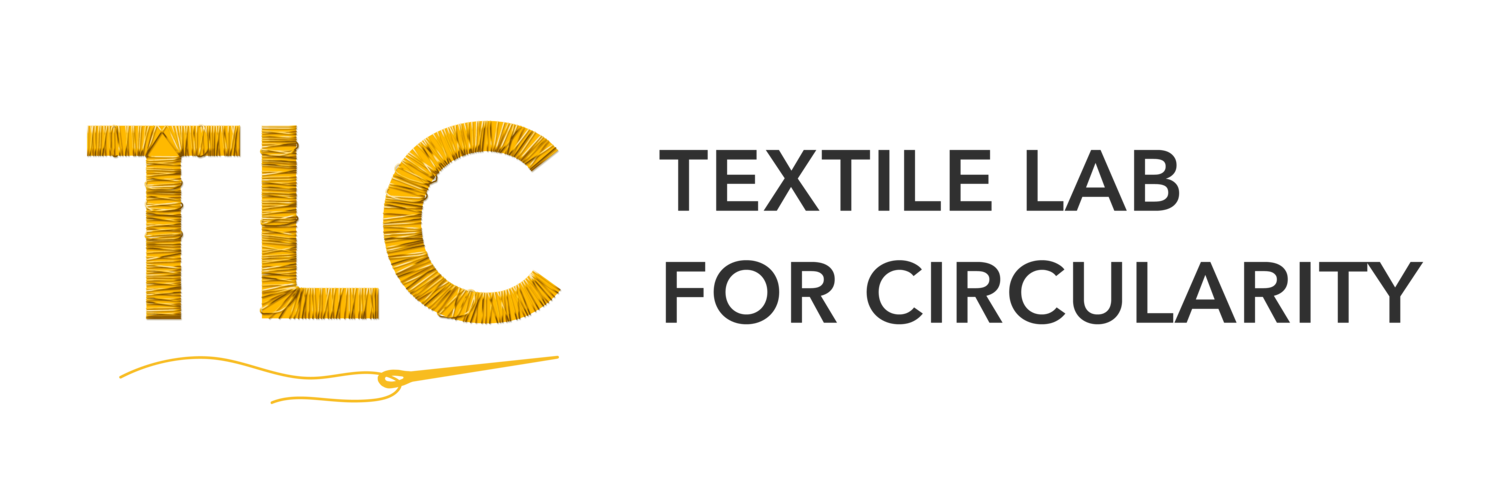The Fashion Takes Action mechanical textile recycling pilot is well underway, and many learnings have been uncovered so far building upon the initial Feasibility Study completed in 2021. For the textile recycling pilot, clothing donations were collected from consumers and corporate partners back in November 2021. Items collected were cleaned, sorted and trimmed (to remove buttons, zippers and adhesives), shredded and defibrized into a material suitable for felting, a mechanical process to change textile fibres into usable fabric. Material prototyping has recently been completed with textile-to-textile recycled polyester combined with more conventionally available recycled polyester. Fashion Takes Action’s retail partner is prototyping a product to be sold in stores this Winter.
Collection Process Learnings
The start date for the collection period was pushed back from September to November, due to a federal election that resulted in a funding delay. For the pilot to stay on schedule, this meant that there would only be 4 weeks for in-store collection of post-consumer textiles. While they did receive a decent amount of donations (51 kg from consumer donations at SportChek stores), this was not even close to the 1000 kgs required to run the pilot. Upon reflection, 4 weeks was not enough time to convey the messaging to consumers effectively, or troubleshoot logistics such as bin colour and location.
A collection program like this needs to be convenient and low friction for consumers to participate and there were several contributing factors that limited the pilot’s full ideal outcome. Communication with consumers was tricky given the hyperlocal nature of the collection pilot, SportChek was not able to leverage its full marketing potential to promote it. Communication was limited to in store customers visually seeing the bins and inquiring about the program. Logistical details such as placement of bins, location of stores and time of year posed barriers to donation. Many of the participating stores were located in malls, where people often don’t think to bring in big bags of donations nor logistically would manage getting the materials into the stores (vs. using a drive through donation option other systems use). The collection period also happened after most people had already done a pre-holiday clear out. Another big challenge was communicating that the specific material requirement for donations was only 100% polyester. Customers were eager to donate, but the details were lost, resulting in more sorting required as consumers donated all kinds of clothing materials. In the future, a longer education campaign with potential consumer incentives would be advised.
Sorting Process
Despite the in-store collection pilot’s low returns, the pilot still forged ahead as fortunately, the other corporate partners and Goodwill (the sorting partner) were able to provide supplemental textiles in order to achieve the required 1000 kg. The sorting process was quite labour intensive, requiring workers to manually cut away trims and fastenings such as zippers, buttons and clasps and then run them through a metal detector to ensure thoroughness. Goodwill reported that trimming accounted for about 10.7% of the weight of textiles they processed. In future for this process to be viable, more sorting efficiency and potentially automation would be required.
Recycling Process
After sorting, Jasztex shredded the materials and passed onto Alkegen (formerly Texel) to card and needle punch the fibres into a felted material. The recycling partner reflected that it was difficult to manage the wide range of colours received in donations, as well as consistency in quality which is something to consider as the process is scaled up. The material needed to be aesthetically pleasing as it would be used for a consumer facing product. Despite these initial challenges, a final felt was developed using 90% recycled materials - 50% regenerated poly (from plastic bottles), 40% post-consumer textiles, and 10% low melt (virgin) poly. An important learning in this process was that the final recycled material could not be made from 100% post consumer textiles. A certain length of fibre is needed for the needle punching process, and every time polyester is recycled, its fibre breaks down to shorter strands. This also limits the amount of times polyester, including this felted material, can be recycled.
Next Steps
With the felted material finalised, the project is now in the product development and testing stage. A textile and product design expert is working closely with Canadian Tire and their product development team to design a consumer product that is useful and aesthetically pleasing, while also serving as an educational tool.
So far, this project has left all involved feeling optimistic about the future for textile recycling. We now know that it is indeed possible, so the question remaining is, why aren’t we doing more of it? The most obvious answer at the moment is that without funding, costs for mechanical recycling are quite prohibitive and further investments need to be made to increase the manufacturing scale, efficiency and capacity across each step in the process. Other investments must also be made to provide consumer awareness and education should a full scale, all-store collection bin program be launched in the future with Sport Chek or other retail partners.
Stay tuned for our final blog post on this project, revealing the end product that goes to stores, and the overall learnings for the future of textile recycling in Canada!
Want to learn more?
Read the Feasibility Study
Read FTA’s post and press release
Follow FTA on LinkedIn
Subscribe to TLC’s Newsletter
Written by Megan Bourassa




